


|

| Home Earth Zine Magazine Earthday Teachers/ Parents Complete Site Navigation Contact Us Advertise Privacy Policy |
Why Recycle Flowers! Drying Flowers...An Earth Loving Craft The art of air drying flowers for use in homemade dried flower arrangements has been practiced for centuries. Flower drying is a wonderful way to learn appreciate one of the most beautiful species in our natural world. Flower drying can be a recycle craft by recycling books, phonebooks or silica gel. You can also try one of the other techniques listed below.
As a nature project, begin with a nature walk to collect the fresh plant materials, including a variety of garden and wildflowers, grasses and seedpods; finish by assembling the dried materials into unique decorations for your home, classroom or for the kids to give as gifts. Only experience will tell you when to pick the flowers when they are at their best for drying. A good rule of thumb is just before they are fully opened and matured. Generally, once the flowers are fully open, they will not keep for very long. Flowers are best when cut on a dry day, keeping the stem as long as possible. Then remove the stem leaves, tie together in small bunches and hang upside down in a dry, well ventilated area out of direct sunlight. Seed heads of many flowers can be left on the plants until matured. Hang them in a similar fashion for further drying Tips, Tricks and different ways to dry flowers.
With soft flowers of coarser textured blooms, such as Zinnia, Dahlia, Marigold and Aster, one popular technique for drying flowers is to immerse the flower in desiccant material. Silica gel (see below), borax or even very dry sand of cornmeal can be used. If each petal and all the floral parts are very carefully surrounded with these granular materials, the moisture will be drawn out, leaving the flower's texture, form and color intact. A microwave oven can also be used for this purpose. Don't forget to smell the flowers! Flower Pressing: Some flowers with a thinner texture, such as Pansy, Blue Sage, Cornflower and Petunia can be pressed between blotters, books (A great way to repurpose a phone book) , or newspapers, or store bought flower press, until thoroughly dry. This method was pioneered by Linnaeus of Sweden 250 years ago. Amazingly, some of his specimens are still on exhibit in European museums today! Air Drying In A Container Of Water: You can Air Dry Flowers in Water: Garden flowers that work ourt well this way include perennial baby's breath (gypsophilia), carnations, coral bells, black-eyed susan, dahlias, purple coneflowers, rosebuds, roses and yarrow. Air Dry Flowers, Herbs and Foliage by Hanging Upside Down You can Air Dry Flowers by gathering a bouuquet and tieing it on the bottom of the stems with wire or string...then hang from a hook. Follow these stes to ensure the best results for your air dried flowers
A list of some varieties that are suitable for drying:
Drying with Silica Gel:
You can buy Silica gel in the hardware or craft shop or you can save those tiny packing envelopes you get with various items when you buy them new.( Of course you need quite a few.) There are other ways to dry flowers and a link below. Silica DIRECTIONS:
AN ALTERNATIVE TO SILICA :THOUGH SILICA IS PROBABLY THE BEST MEDIUM FOR DRYING FLOWERS, A mixture of 2 parts borax and 1 part sand is an effective drying medium. The sand should be fine, clean, and dry. While the sand-borax mix is an effective drying agent, the weight of the sand tends to flatten the flowers. A lighter drying medium consists of equal parts borax and cornmeal. Add 1 or 2 tablespoons of uniodized salt per quart to both the sand-borax and borax-cornmeal mixes to help retain flower color during drying. Drying time for the borax mixtures is approximately 1 to 2 weeks. See the other fun things at Planetpals Earthzone! / MORE Natural crafts |
||||||||||||||||
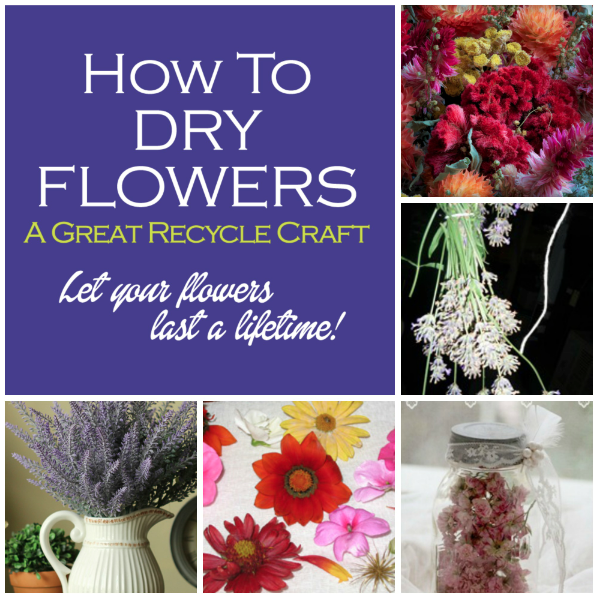

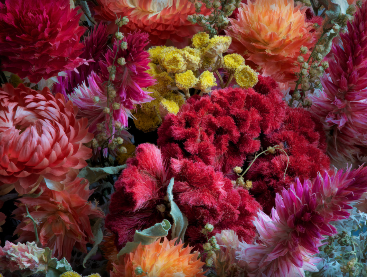
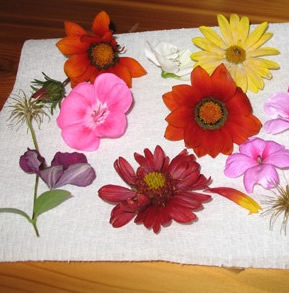
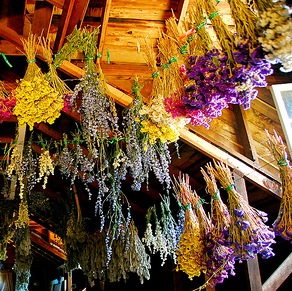
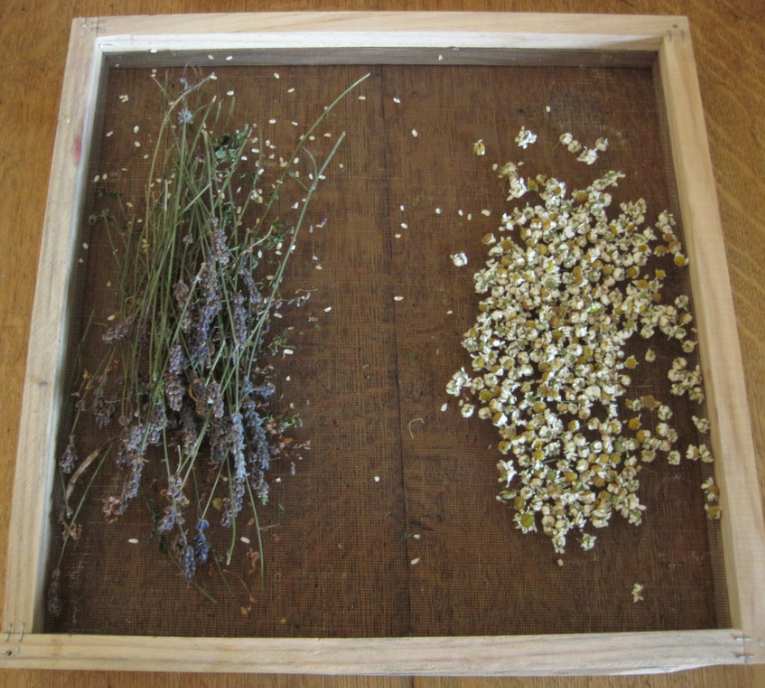
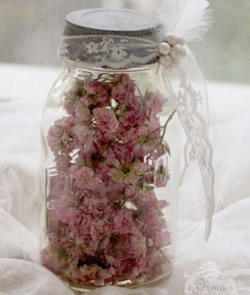
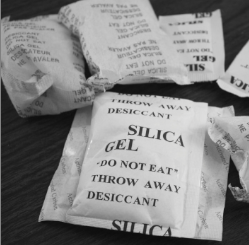
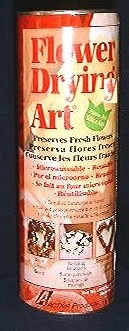 A great way to repurpose silica gel and learn about the beautiful flowers we have on Earth! Not to mention extend their beauty for a long time.
A great way to repurpose silica gel and learn about the beautiful flowers we have on Earth! Not to mention extend their beauty for a long time.